What Low-Quality PPF Installations Look Like (and How to Avoid Them)
When it comes to paint protection film (PPF), the quality of the product matters - but so does the quality of the installation. Even the best film in the world won’t protect your paint if it’s been fitted poorly.
Whether you’ve seen a friend’s car covered in bubbles or experienced lifting film yourself, a bad PPF installation can ruin not just the look of your car but your trust in the product entirely.
In this blog, we’ll break down the most common signs of poor PPF work, explain what to look for in a professional PPF installer, and help you make the right choice before handing over your keys.
Why PPF Installation Quality Matters
The PPF wrap is designed to offer invisible protection, shielding your car from stone chips, swirl marks, and environmental damage without compromising its appearance. But the keyword here is invisible. A sloppy install will stand out for all the wrong reasons.
With high-end cars or cherished vehicles, aesthetics matter. You’re not spending hundreds or even thousands of pounds just to end up with bubbling, peeling plastic across your panels.
Choosing a professional car detailer who specialises in car paint protection is critical if you want the film to perform and look as it should.
Signs of a Bad PPF Installation
1. Lifting Edges or Corners
One of the most common signs of a bad PPF installation is lifting at the edges, especially around panel gaps, door handles, mirrors, and trims. This usually means the film wasn’t properly prepped or adhered. It may also indicate that the installer tried to stretch the film too much, which reduces adhesion strength.
Why it’s bad:
Once lifting starts, dirt and moisture get trapped under the film, leading to full failure over time.
What to expect from a pro:
Clean, tucked edges that are flush with the bodywork. A professional PPF install should almost look like it’s part of the factory paint.
2. Silvering or Trapped Air Bubbles
"Silvering" refers to tiny air pockets trapped under the PPF, creating a frosty or milky look in certain lighting. While a few microbubbles might be acceptable during initial curing, excessive silvering or large bubbles are red flags.
Why it’s bad:
Bubbles distort the paint’s appearance and reduce the effectiveness of the film, especially against impacts and chips.
What to expect from a pro:
Proper surface prep, including clay bar treatment and panel cleaning, ensures a flawless bond between paint and film.
3. Visible Cut Lines or Knife Marks
Some low-cost installers still cut the PPF directly on the paint, rather than using pre-cut templates or safe cutting methods. This can leave faint (or not-so-faint) knife marks in your clear coat.
Why it’s bad:
These cuts are permanent damage. They can reduce resale value, and in some cases, require full panel resprays to correct.
What to expect from a pro:
Digital plotters and pre-cut patterns are used to eliminate the risk. A professional car detailer will always prioritise safety over speed.
4. Stretch Marks and Distortion
When installers rush or use poor technique, the film can be overstretched to fit curves or complex areas. This causes visible texture or “stretch marks” in the film, especially on bumpers and arches.
Why it’s bad:
It ruins the clarity of the film and creates visual warping under certain lighting conditions.
What to expect from a pro:
Patience. A skilled installer uses heat and shaping techniques to contour the film naturally, without stressing it beyond its limits.
How to Choose a PPF Installer
Knowing the red flags is helpful, but how do you avoid ending up with a bad install in the first place? Here's what to look for when deciding how to choose a PPF installer:
1. Look at Their Portfolio
Ask for before-and-after shots of recent jobs - especially on similar vehicles to yours. Look closely at corners, edges, and curves.
2. Check Reviews and Certifications
Good reviews across platforms like Google or Trustpilot, plus certifications from film manufacturers like XPEL or SunTek, show professionalism.
3. Ask About Warranty
A quality paint protection film installation should come with a warranty, both for the film and the installation work. If they’re not offering one, that’s a red flag.
4. Visit the Facility
Cleanliness is key. A dusty, unsealed garage isn’t the place to install something designed to be invisible. The workspace should be controlled, well-lit, and dust-free.
Why Professional PPF Is Worth It
The difference between professional PPF and a rushed job is more than just looks - it’s the longevity and performance of the protection. A poor installation can lead to premature lifting, water damage, yellowing, and eventually, costly removals or repairs.
Choosing a professional car detailer who’s experienced with PPF wrap ensures:
Seamless appearance
Long-term durability
Manufacturer-backed warranties
Proper film selection for your car type and paint finish
It’s not just about what looks good on day one; it’s about how it holds up years down the line.
Final Thoughts: Don't Risk Your Paint with a Cheap Job
When it comes to car paint protection, shortcuts cost more in the long run. A bad PPF installation doesn’t just look bad - it reduces the lifespan and performance of the very thing that’s meant to protect your vehicle.
So, whether you’re wrapping a daily driver, a new lease car, or a supercar you want to preserve, the installer matters just as much as the product.
Choose wisely, ask questions, and go with someone who treats your car with the care it deserves.
Ready to PPF your car with a trusted Installer? Drop us a message




